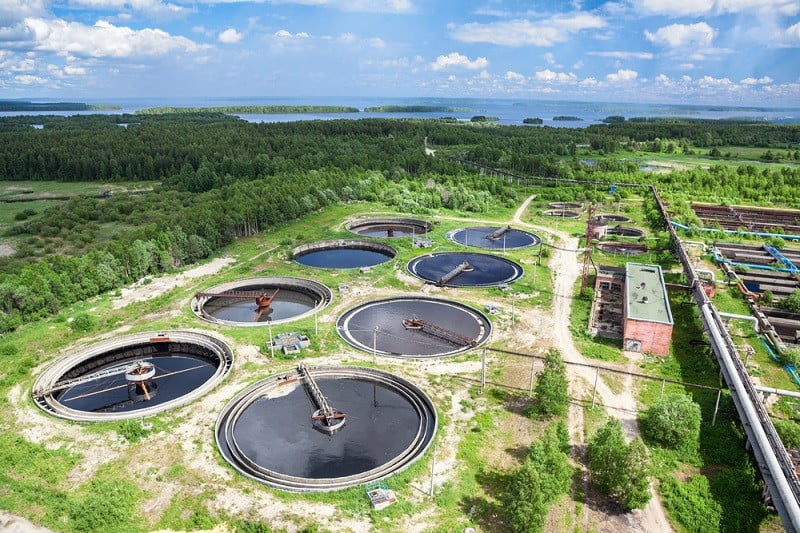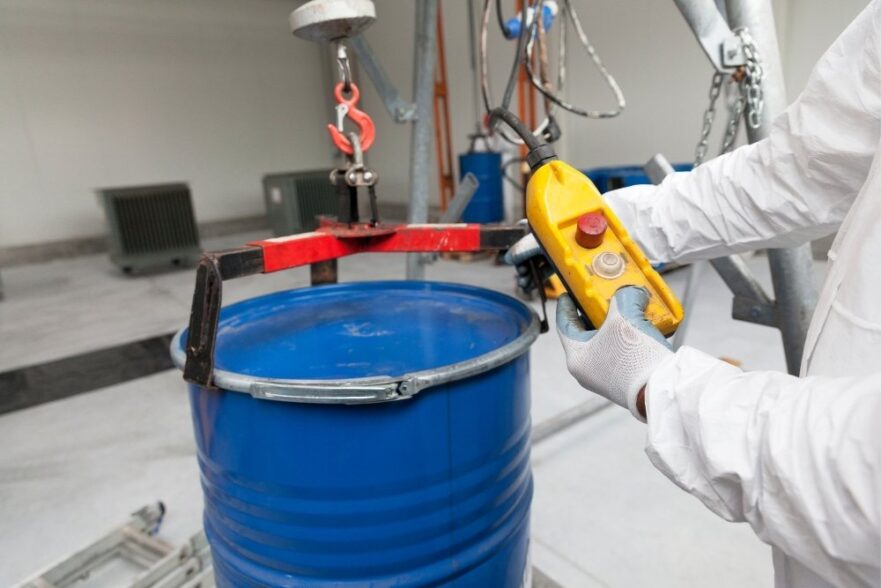Cutting-edge Industrial Wastewater Treatment Solutions: Safeguarding the Setting
Cutting-edge Industrial Wastewater Treatment Solutions: Safeguarding the Setting
Blog Article
Just How Fluid Waste Disposal Functions: An In-depth Summary of Strategies and Technologies Utilized

Overview of Liquid Waste Types
The complexity of fluid waste types demands a detailed understanding of their attributes and ramifications for disposal. Fluid waste can broadly be categorized into several kinds, consisting of commercial, local, farming, and contaminated materials. Each group shows distinct properties, calling for details monitoring methods to alleviate environmental and wellness risks.
Industrial fluid waste originates from manufacturing processes and often includes a variety of contaminants, such as heavy metals, solvents, and organic substances. Local fluid waste, primarily making up wastewater from households and industrial facilities, has raw material, nutrients, and virus (industrial wastewater treatment). Agricultural fluid waste, including overflow from ranches, may consist of fertilizers, pesticides, and animal waste, presenting threats to water quality and ecosystems
Harmful fluid waste is identified by its poisoning, reactivity, or potential to trigger harm. This classification consists of materials like acids, bases, and particular chemicals that demand rigid handling and disposal methods. Recognizing these varied fluid waste kinds is important for developing reliable disposal approaches and ensuring conformity with environmental guidelines. Appropriate category and characterization are important for carrying out ideal therapy techniques and minimizing the adverse influence on public health and the setting.
Physical Therapy Approaches

Testing is the initial step, where bigger particles and particles are eliminated from the liquid waste using screens or grates. In sedimentation storage tanks, larger fragments work out at the base, developing a sludge layer, while the made clear fluid can be more dealt with.
Purification is one more necessary method that entails passing the liquid through porous products, such as sand or membrane layers, to capture smaller fragments. This action improves the quality of the liquid, making it appropriate for succeeding therapy processes.

Chemical Therapy Techniques
Chemical treatment techniques are essential for efficiently handling liquid waste, particularly in dealing with dissolved and colloidal contaminants that physical methods may not appropriately remove. These methods make use of numerous chemical agents to counteract, speed up, or change dangerous substances into less unsafe kinds.
One common approach is coagulation and flocculation, where chemicals such as alum or ferric chloride are added to promote the aggregation of suspended fragments. This procedure boosts sedimentation, enabling easier removal of the resulting sludge. In addition, oxidation processes, employing representatives like chlorine or ozone, are used to break down complex organic substances and microorganisms, rendering the waste more secure for discharge or further therapy.
Neutralization is an additional important method, which adjusts the pH of acidic or alkaline waste streams to neutral levels, stopping possible damage to downstream systems and the atmosphere. Additionally, advanced oxidation processes (AOPs) utilize combinations of oxidants and ultraviolet light to deteriorate relentless contaminants, accomplishing a greater level of treatment performance.
Organic Treatment Processes
Organic therapy procedures play an important duty in the administration of liquid waste by utilizing microbes to decompose raw material and lower pollutant levels. These procedures can be generally classified into anaerobic and cardio treatments, each utilizing details microbial neighborhoods to attain effective waste destruction.
Aerobic treatment entails making use of oxygen to promote the malfunction of natural products by germs. This process is commonly applied in turned on sludge systems, where aeration storage tanks offer a favorable environment for microbial development, bring about the oxidation of organic pollutants. The resultant biomass can be divided from treated effluent through sedimentation.
In contrast, anaerobic treatment takes place in the absence of oxygen, counting on different germs to break down raw material. This approach is specifically helpful for high-strength waste, as it creates biogas, a renewable resource resource, while lowering sludge manufacturing. Technologies such as anaerobic digesters click now are often employed in commercial and municipal applications.
Both anaerobic and cardiovascular biological treatments not just decrease the ecological influence of fluid waste however likewise promote resource recovery, making them important parts of sustainable waste monitoring strategies. Their versatility, efficiency, and efficiency support their widespread application throughout various sectors.
Arising Technologies in Disposal
Ingenious methods to fluid garbage disposal are swiftly developing, driven by advancements in technology and an increasing focus on sustainability. Amongst these arising innovations, membrane layer bioreactors (MBRs) have gained traction for their ability to combine organic therapy with membrane purification, leading to high-grade effluent that can be reused in various applications. MBRs enable smaller footprints and extra efficient procedures contrasted to typical systems.
Another encouraging advancement is the usage of anaerobic food digestion incorporated with nutrient recuperation modern technologies, which not only deals with fluid waste yet likewise generates biogas and recoups useful nutrients like nitrogen and phosphorus. This dual advantage boosts resource efficiency and reduces ecological impact.
Additionally, advanced oxidation processes (AOPs) are being taken on for the degradation of complicated organic toxins. These methods make use of powerful oxidants and stimulants to break down pollutants at the this page molecular degree, supplying an extremely effective option for tough waste streams.
In addition, the combination of synthetic knowledge and maker knowing in waste monitoring systems is maximizing functional effectiveness and anticipating upkeep, causing minimized prices and boosted environmental conformity. These technologies show a substantial change in look what i found the direction of more reliable and lasting liquid waste disposal practices.
Final Thought
Finally, efficient fluid waste disposal necessitates a detailed understanding of various strategies and innovations. The combination of physical, chemical, and biological treatment methods ensures the reliable management of varied waste types. Moreover, the emergence of ingenious innovations boosts therapy efficiency and promotes sustainability in waste monitoring practices. By constantly progressing these methods, it comes to be feasible to deal with the growing difficulties related to liquid waste, inevitably adding to ecological defense and resource healing.
Liquid waste disposal is an essential element of ecological management, calling for a thorough understanding of numerous strategies and technologies customized to various waste kinds. Liquid waste can broadly be classified right into several kinds, consisting of commercial, local, farming, and unsafe waste. Agricultural liquid waste, including runoff from farms, may have plant foods, chemicals, and pet waste, presenting dangers to water quality and environments.
Various physical therapy approaches play a vital function in taking care of liquid waste effectively - industrial wastewater treatment.In final thought, efficient liquid waste disposal requires an extensive understanding of numerous strategies and innovations
Report this page